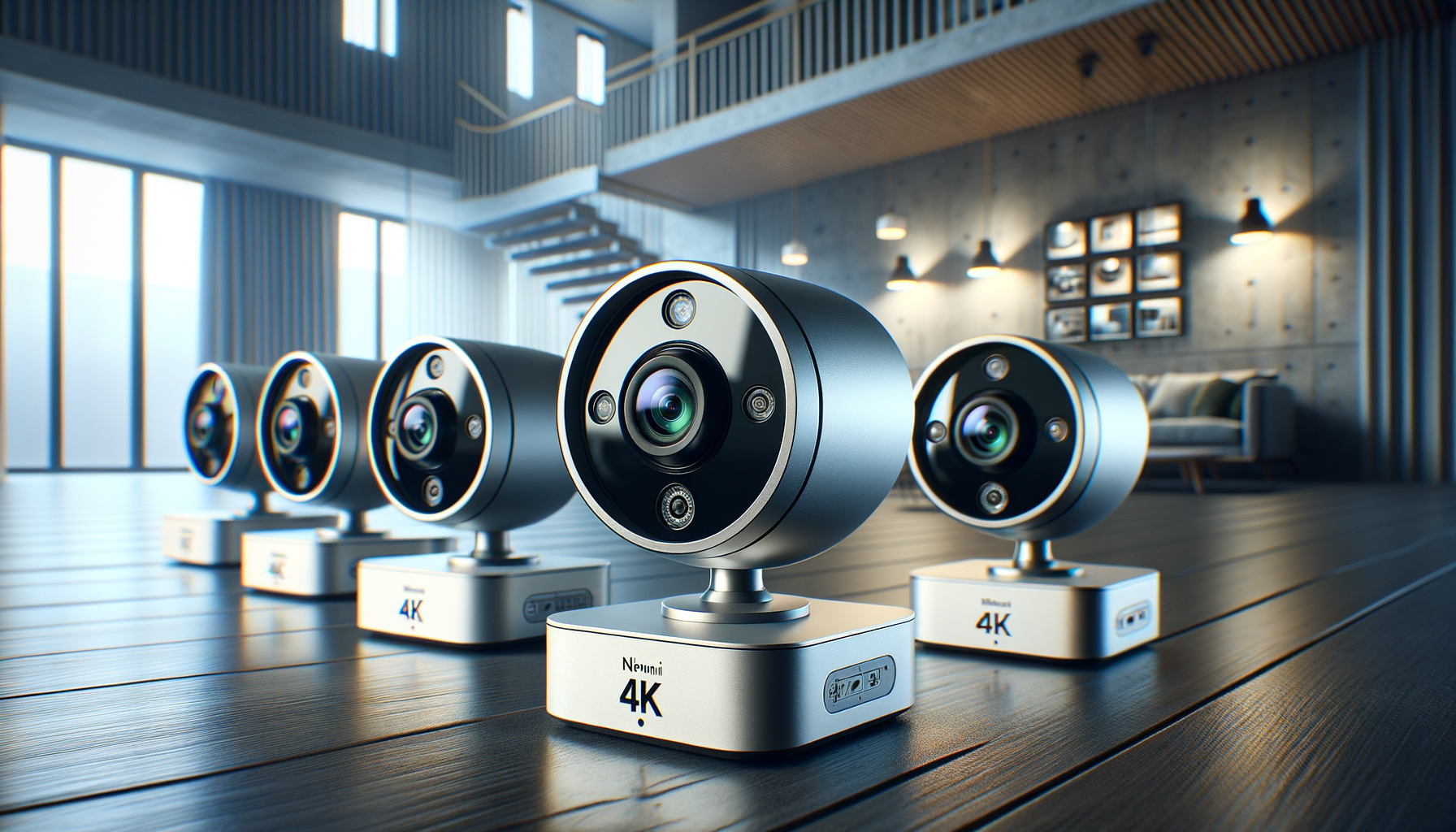Introduction to Luxury Private Jets
In today’s fast-paced world, the demand for luxury travel has soared, with private jets standing out as a symbol of opulence and convenience. These aircraft offer unparalleled comfort, privacy, and efficiency, making them a preferred choice for high-net-worth individuals. The allure of private jets lies not only in their ability to bypass the hassles of commercial flying but also in their customization options that cater to personal tastes and preferences. In recent years, advancements in technology, particularly artificial intelligence (AI), have further elevated the private jet experience, making it more seamless and sophisticated than ever before.
The Role of AI in Enhancing Private Jet Experiences
Artificial intelligence has become a game-changer in the aviation industry, particularly in the realm of private jets. AI technologies are being integrated to improve various aspects of the flight experience, from safety to passenger comfort. One of the most significant impacts of AI is in predictive maintenance, where advanced algorithms analyze data to predict potential mechanical issues before they occur, thereby enhancing safety and reducing downtime.
Moreover, AI-driven personalization is transforming the in-flight experience. AI systems can learn passenger preferences over time, adjusting cabin settings such as lighting, temperature, and entertainment options to suit individual tastes. This level of customization ensures that each flight is tailored to provide maximum comfort and enjoyment.
In the cockpit, AI is assisting pilots with advanced navigation and decision-making tools, optimizing flight paths for fuel efficiency and reducing the environmental impact. As AI continues to evolve, its role in private aviation will likely expand, bringing even more innovations to the forefront.
Comparing Private Jet Models and Features
When it comes to selecting a private jet, there are numerous models available, each offering distinct features and capabilities. The choice often depends on factors such as range, speed, cabin size, and technological amenities. Some jets are designed for long-haul flights, offering spacious interiors and extended range capabilities, while others are optimized for short, regional trips with a focus on speed and efficiency.
Key features to consider include:
- Cabin Space: Larger jets provide more room for passengers and luggage, ideal for long journeys.
- Range: The distance a jet can travel without refueling is crucial for planning international trips.
- Speed: Faster jets reduce travel time, a significant advantage for busy schedules.
- Technology: Modern jets are equipped with advanced avionics and in-flight connectivity options.
Understanding these features can help potential buyers or charter clients make informed decisions based on their specific travel needs and preferences.
The Economics of Owning vs. Chartering a Private Jet
Deciding between owning and chartering a private jet involves weighing the costs and benefits associated with each option. Ownership provides the ultimate convenience and personalization, allowing for complete control over travel schedules and aircraft amenities. However, it also comes with substantial financial commitments, including purchase costs, maintenance, crew salaries, and storage fees.
On the other hand, chartering offers flexibility without the long-term financial burden. It allows individuals to select the right aircraft for each trip, providing access to a variety of models and configurations. Chartering can be a cost-effective solution for those who fly infrequently or prefer not to deal with the responsibilities of ownership.
Ultimately, the decision hinges on personal travel frequencies, financial considerations, and the desired level of luxury and convenience.
Future Trends in Private Jet Travel
The private jet industry is poised for exciting developments, driven by technological advancements and changing consumer preferences. One emerging trend is the push towards sustainable aviation, with manufacturers exploring alternative fuels and more efficient engines to reduce carbon footprints. Electric and hybrid aircraft are also on the horizon, promising quieter and more environmentally friendly flights.
Furthermore, the integration of AI and other digital technologies will continue to enhance the passenger experience, offering even greater levels of customization and efficiency. As the world becomes increasingly interconnected, the demand for rapid and luxurious travel solutions will persist, ensuring that private jets remain a vital component of high-end travel.
These trends highlight the dynamic nature of the private aviation sector, where innovation and luxury go hand in hand, shaping the future of travel for discerning passengers.




Leave a Reply